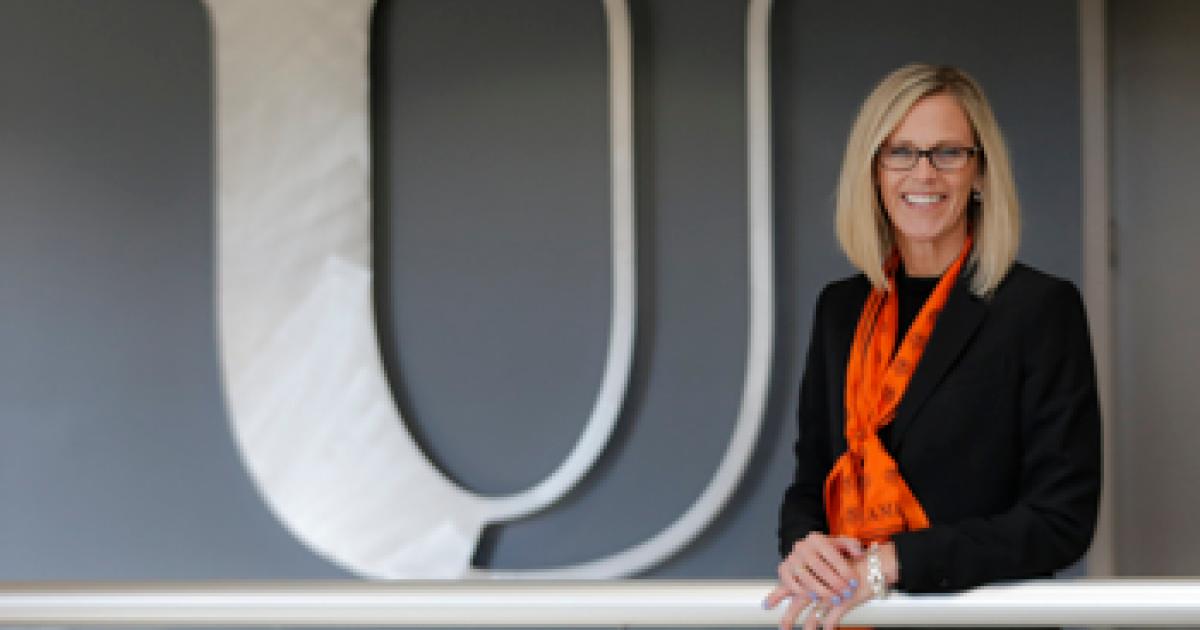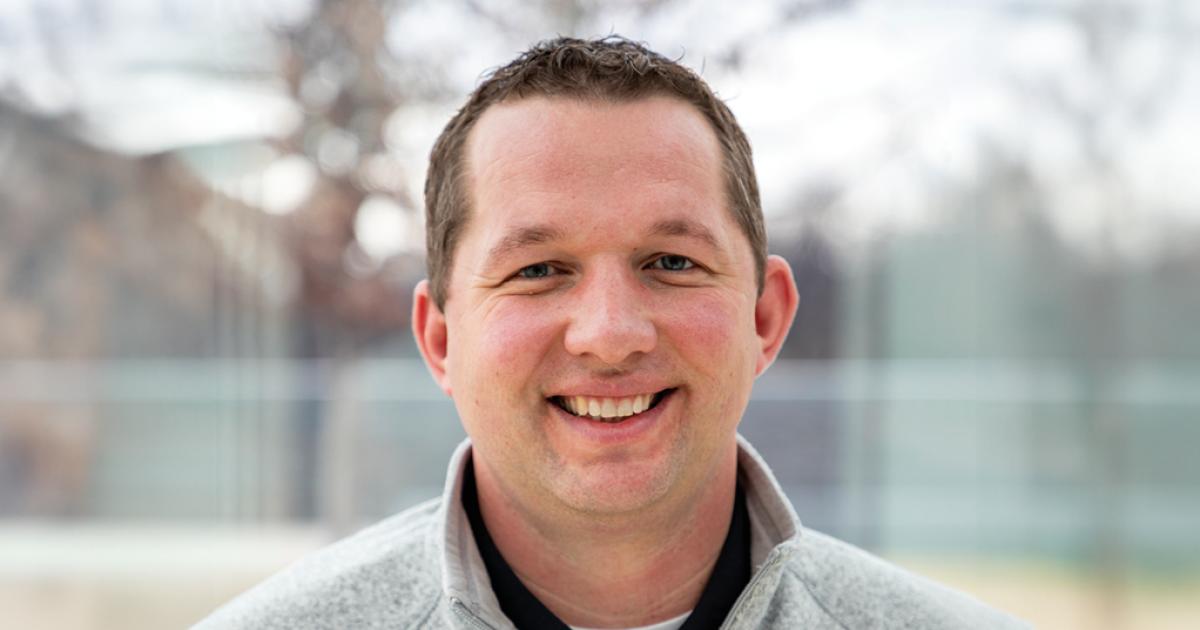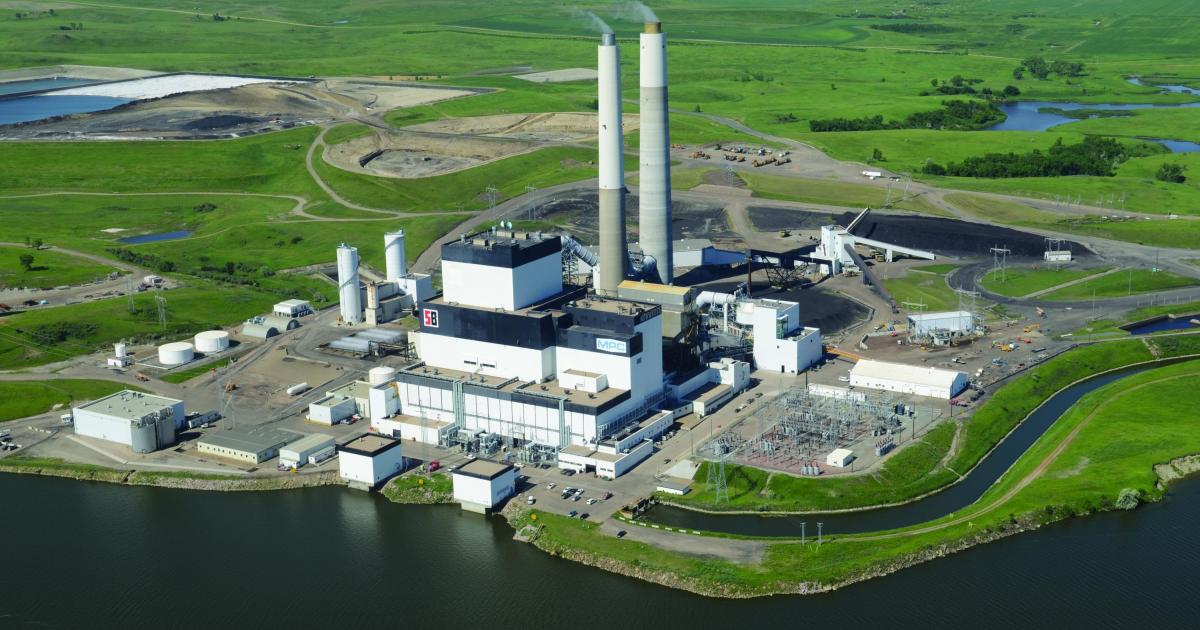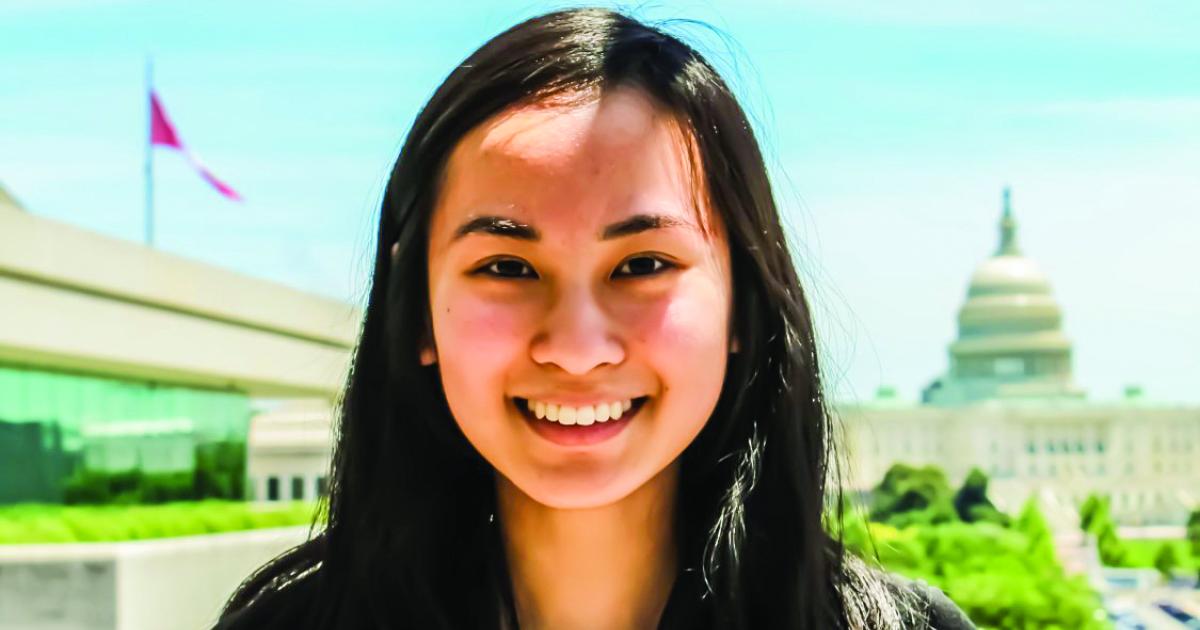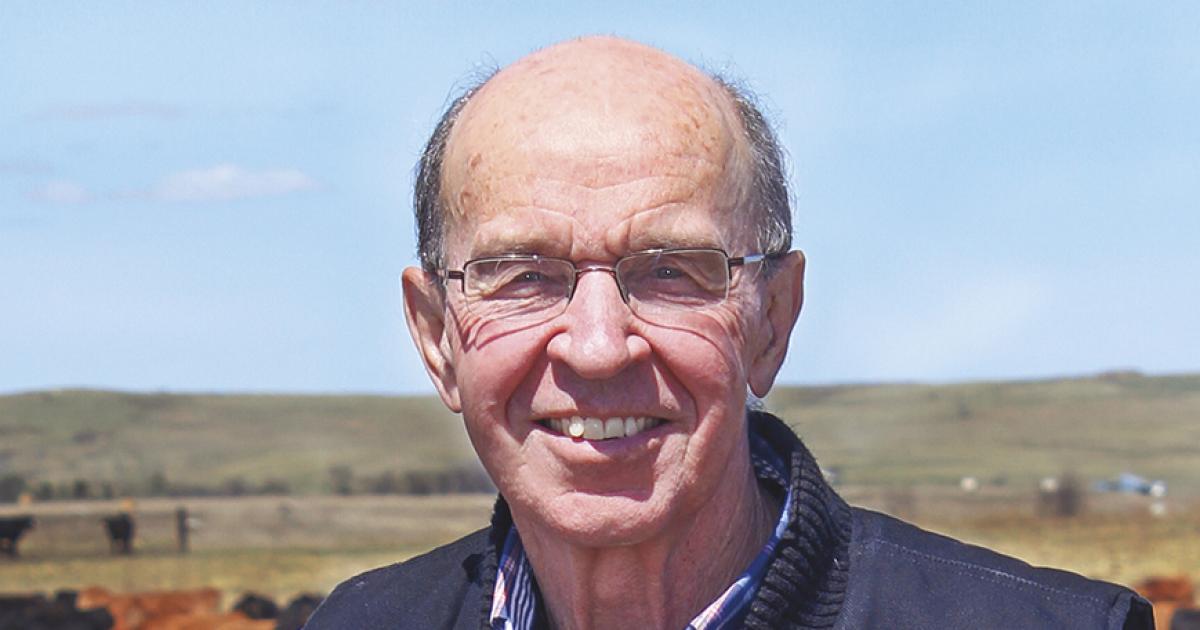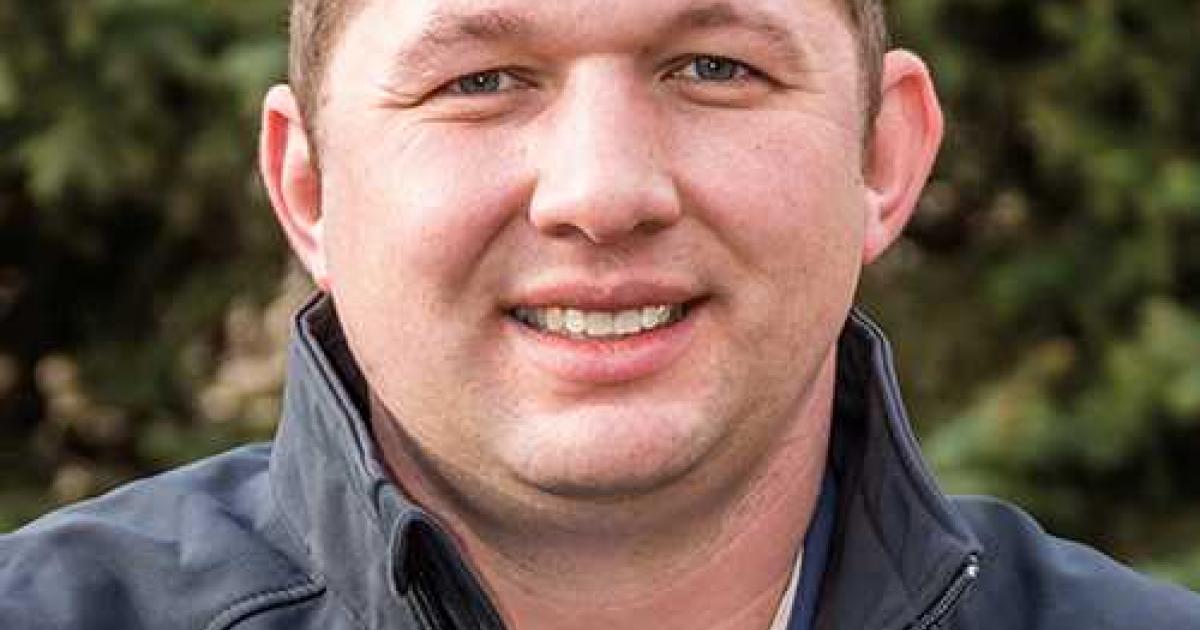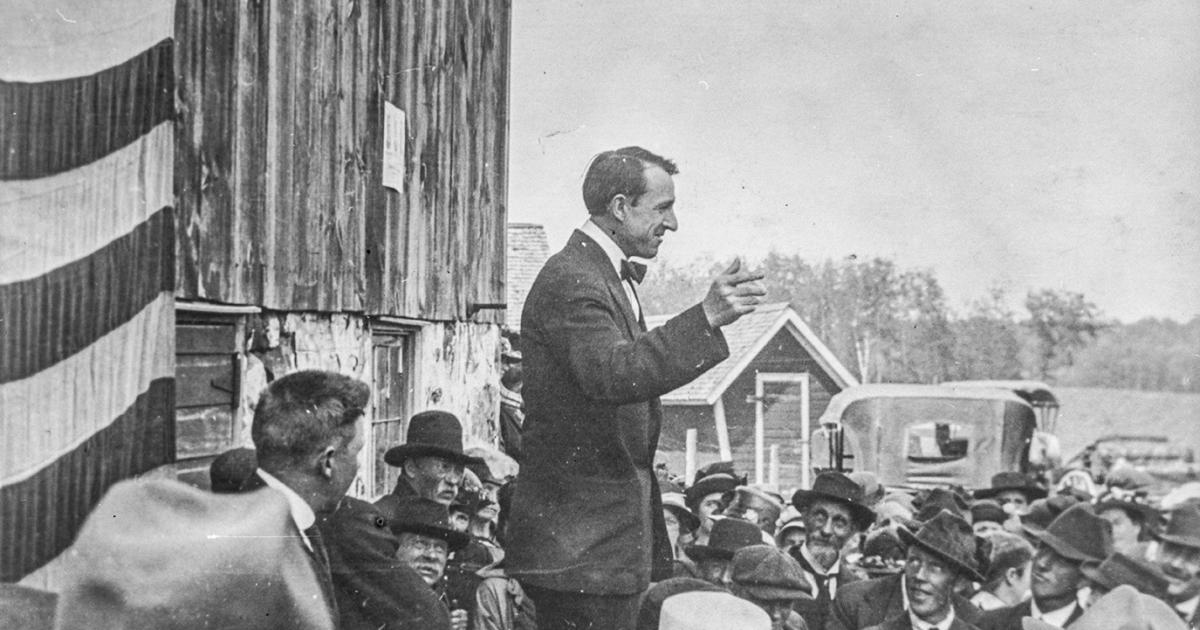For 130 years, it was Jamestown College. Then, in 2013, it achieved the progress making it the University of Jamestown (UJ). Over that span, the mission has been clear and consistent.
“We like to say we’ve been building character since 1883,” says UJ President Polly Peterson. President Peterson stepped into that position in March 2018, succeeding retiring UJ President Robert Badal. Dr. Peterson began her career at UJ as the controller. She transitioned to the presidency from the position of executive vice president.
Jamestown College President Polly Peterson
UJ history notes the Presbyterian religious denomination established Jamestown College in 1883. Church leaders saw a need for collegiate level education in an area of Dakota Territory, where the community of Jamestown was an attractive central location. The college had about four years of operation until a deep economic downturn in 1890 caused its closure.
In 1909, after statehood, and amidst population growth and agricultural prosperity, Presbyterian church leaders re-opened Jamestown College. The institution has sustained success by honoring multi-denominational Christian principles and preparing students for being lifetime contributors to the communities where their careers unfold.
“We hope we graduate students who want to participate in life,” Peterson says. She indicates the university mission is built upon developing wholeness in students, while equipping them to embark on useful professional careers.
“We do this in a very engaging, holistic environment, where our students are involved in the community outside the classroom. We are honoring our Christian tradition,” Peterson says. She adds that “when a student graduates from here, they leave knowing these are the expectations. You need to be able to use this holistic education to contribute to a healthy society.”
As a private, liberal arts university, among more than 30 areas of study, UJ grants bachelor of arts and science degrees, and a bachelor of science in nursing degree, as well as master’s degrees in education and leadership. UJ also offers a Fargo-based doctor of physical therapy degree.
The campus sits on 110 wooded acres and is made up of 27 buildings which include 10 classroom buildings and six residence halls. Current enrollment is approximately 1,000 students, representing most states and 17 foreign countries.
A big initial step Peterson took, early in her UJ presidency, was listening.
“When I became the president, one of the things that I thought was important was to step back and to really hear what our community and our alumni were saying about the needs, and the opportunities that we have – what they think we do well, and what they wish we did better,” Peterson says. UJ leadership conducted 20 listening sessions, over a three-month period, in locations between Fargo, Jamestown and Bismarck.
“We learned so much,” Peterson says. “What was most inspiring is we learned what we’re doing is really making a difference for our communities - for rural communities, for health care communities, and for the business community as well.”
Peterson says UJ leaders heard their liberal arts/holistic development approach with students is highly favored.
“We heard from employers that our graduates are coming out as great communicators,” Peterson says. She says this is a result of the UJ emphasis on the development of personal engagement, writing, speaking and relating to other people. In addition, Peterson says UJ students are strongly encouraged to participate in extracurricular activities on campus, and to volunteer for community development activities off campus.
“We have a really engaged student body, and we see that translate into the workforce,” Peterson says.
MECHANICAL ENGINEERING PROGRAM LAUNCH
A major recent example of enhancing professional career preparation with good human relations skills is the UJ development of a degree in mechanical engineering.
Over the last four years, UJ has been offering a bachelor of science degree with a major in mechanical engineering. The initial group of mechanical engineering major students are now in their third year of the four-year degree program.
“We currently have four full-time faculty members teaching in the program, in addition to a number of our other faculty that provide supporting courses in chemistry, physics, math and the like,” says Paul Olson, UJ provost. Olson says an additional faculty member will be hired and a campus building addition housing senior engineering student projects will be completed by next fall.
Olson says employers have already connected with the UJ career services office, to reach out to mechanical engineering students for internships. “We think employment opportunities will be pretty good for our graduates, across the state,” Olson adds.
Peterson says the opportunities in engineering education emerged from the growing K-12 public education emphasis on a strong STEM (science, technology, education, math) curriculum. She said UJ engaged people and businesses in the region about an engineering program offering, and these people identified mechanical engineering as the direction for UJ.
“We study things pretty seriously here before we decide to pursue it, and then really do it well,” Peterson says. She adds that the engineering employers interested in UJ mechanical engineering graduates are, in particular, interested in the holistic development the university strives to achieve with students.
RURAL COMMUNITY DEVELOPMENT
Peterson adds that a priority for UJ continues to be serving rural communities, which face the continuing challenge of keeping key professionals.
“We do attract a number of students from rural North Dakota,” Peterson says. She says UJ works with rural students, often seeking to convert an interest in music or athletics into a teaching career they can take back to a rural community.
Peterson says recent listening sessions also identified opportunities for developing careers in rural banking, finance and cooperative business enterprise, which she says UJ will evaluate.
Ultimately, Peterson regards UJ as a place for developing the caliber of people all communities of the region need. She is keenly mindful of doing so guided by the UJ 135-year tradition of educating through Christian principles.
“We want our students to meet people where they are, and work together to solve the world’s problems,” Peterson says. “You can get that when you come to a university like ours.”
Kent Brick is editor of North Dakota Living. He can be reached at kbrick@ndarec.com.


